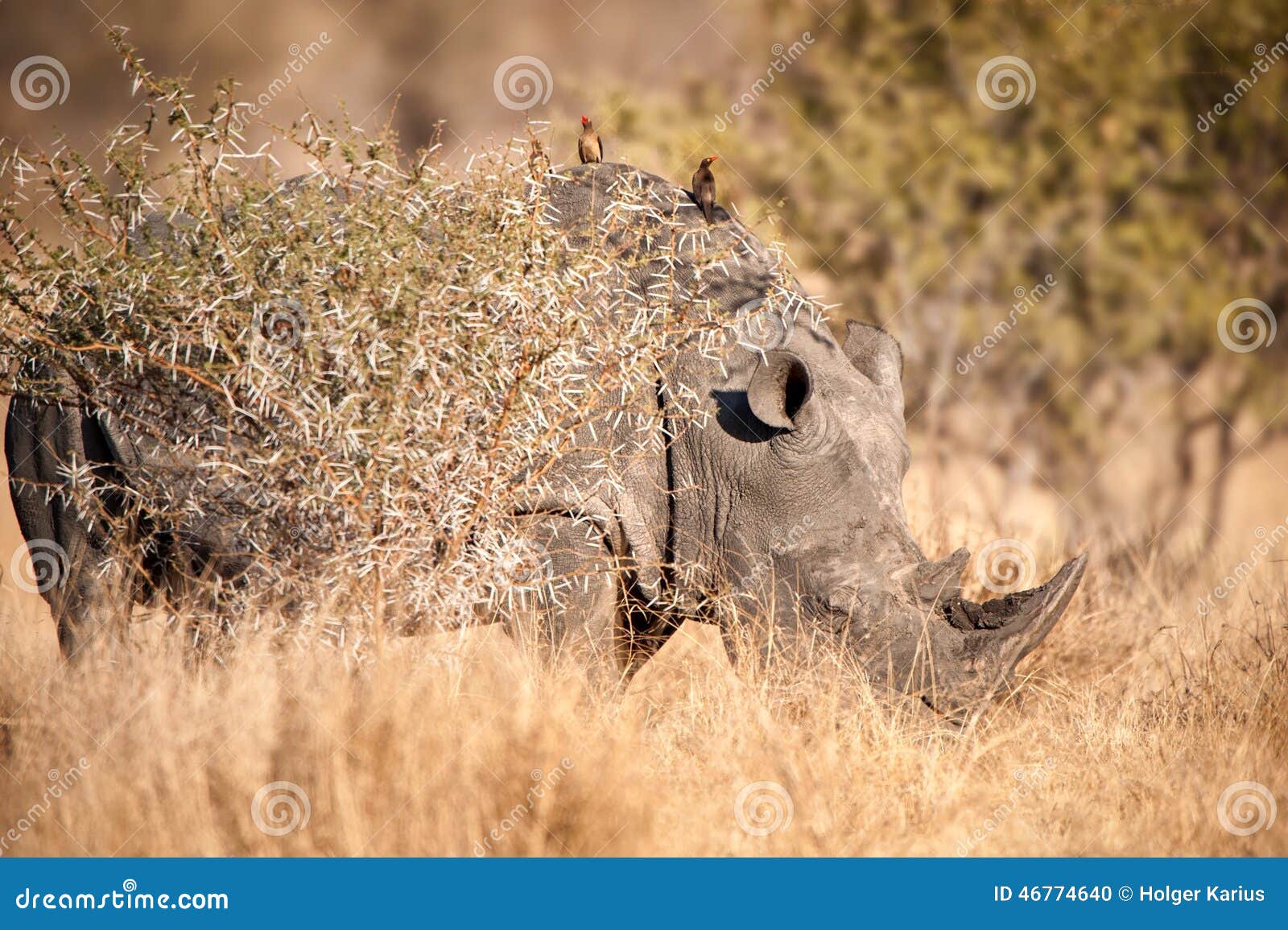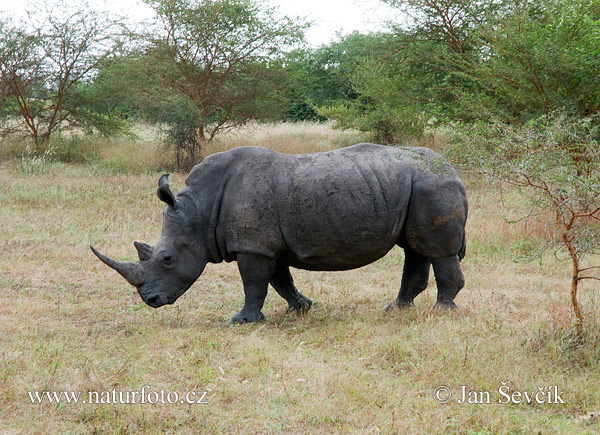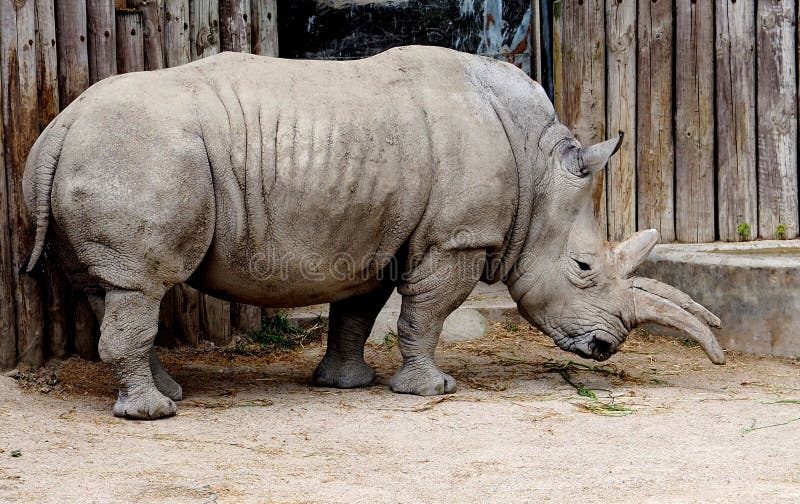

Cameron, University of Tasmania, AUSTRALIA Active biological management and traditional anti-poaching initiatives together therefore represent the most likely way to buffer the impacts of decreased population growth through climate change and wildlife crime on the persistence of rhinos.Ĭitation: Ferreira SM, le Roex N, Greaver C (2019) Species-specific drought impacts on black and white rhinoceroses. Decreased poaching, decreased natural deaths and no apparent drought effects in black rhino resulted in a lower total mortality rate than the estimated birth rate in 2017. As a result, despite reduced poaching rates, the total mortality rate of white rhino remains significantly higher than the birth rate. Comparisons of natural deaths and birth rates between pre- (5), during- (2015/2016) and post-drought (2016/2017) periods in Kruger showed increased natural mortality and decreased births for white rhino, but no significant changes for black rhino, supporting our predictions. We evaluated these predictions using rhino population survey data from 2013 to 2017. Such variance in natural death and birth rates for the browsing black rhino are not expected under these conditions. Under drought conditions, reduced grass biomass predicts increased natural deaths and a subsequent decrease in birth rate for the grazing white rhino. The drought experienced in Kruger over the 2015/2016 rainy season may have affected rhino population growth and thus added an additional population pressure to the poaching pressure already occurring. Other global environmental change drivers, such as unpredictable climatic conditions, impose additional uncertainties on the management and persistence of these species.


Many organizations are working to protect this much loved animal.Unrelenting poaching to feed the illegal trafficking of rhinoceros (rhino) horn remains the principle threat to the persistence of south-central black and southern white rhino that live in the Kruger National Park (Kruger), South Africa. The white rhino once roamed much of sub-Saharan Africa, but today is under threat due to poaching fueled by these commercial uses. The horn is also valued in North Africa and the Middle East as an ornamental dagger handle. Many animals have been killed for this hard, hair-like growth, which is revered for medicinal use in China, Taiwan, Hong Kong, and Singapore. The prominent horn for which rhinos are so well known has been their downfall. Females use their horns to protect their young, while males use them to battle attackers. Rhino horns grow as much as three inches a year, and have been known to grow up to five feet long. White rhinos have two horns, the foremost more prominent than the other. They may find one another by following the trail of scent each enormous animal leaves behind it on the landscape. Rhinos have sharp hearing and a keen sense of smell.
#CERATOTHERIUM SIMUM WHITE RHINOCEROS SKIN#
They find a suitable water hole and roll in its mud, coating their skin with a natural bug repellent and sunblock. Under the hot African sun, white rhinos take cover by lying in the shade. Their single calf does not live on its own until it is about three years old. Females reproduce only every two and a half to five years. White rhinos live on Africa's grassy plains, where they sometimes gather in groups of as many as a dozen individuals. White rhinos graze on grasses, walking with their enormous heads and squared lips lowered to the ground. They use their lips to pluck leaves and fruit from the branches. Black rhinos are browsers that get most of their sustenance from eating trees and bushes. The difference in lip shape is related to the animals' diets. The black rhino has a pointed upper lip, while its white relative has a squared lip. They are different not in color but in lip shape. Both black and white rhinoceroses are actually gray.


 0 kommentar(er)
0 kommentar(er)
